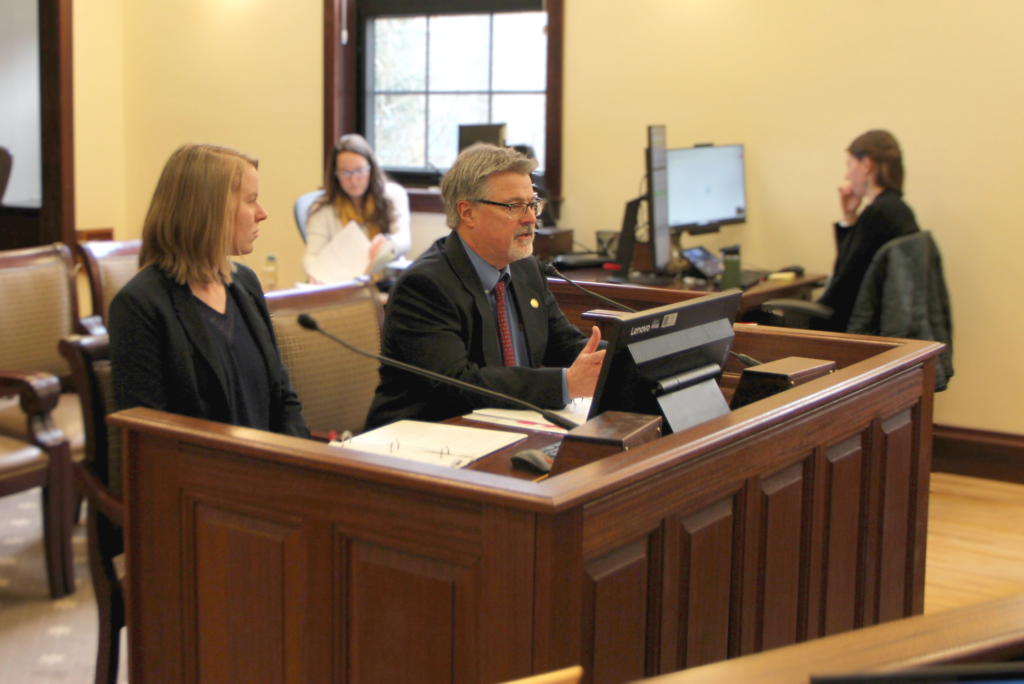One of the things on everyone’s mind right now is the budget, how we pay for government, how much should we be paying, how we calculate the dividend, along with the question of whether or not we should be considering some form of tax to pay for the combined cost of government and dividends. To many, this is a confusing area of state fiscal policy, and rightly so, as it does get complicated. Here’s our best shot at summarizing where we’ve been and what decisions are currently before us.
To begin, it’s important to keep in mind that the permanent fund was initially invested in lower-risk bonds and government treasury bills which created a relatively predictable income. The keyword being “income” because the dividend was based upon how much income the fund generated, specifically how much income the fund generated over the previous five years. The formula was that 21% of this total number was then split 50% to the general fund to be spent as the legislature saw fit and 50% to be paid out as a dividend. That’s the “classic PFD formula” so to speak.
Over time bond yields decreased further and further to a point that the Permanent Fund needed to change the types of investments that they made. The Permanent Fund investments moved from bonds and treasury bills towards stocks, venture capital funds, real estate, and more. The move to these other types of investments kept the average returns high, but also made the returns much more volatile, or unpredictable. In bear markets not only would dividends be smaller, but government funding (for things such as universities, Medicaid, emergency response, correctional facilities, etc.) was also volatile. Another issue is that funds invested in these types of investments are managed for the highest “total return” which means that they seek higher valuation (growth), not just dependable annual yield.
In the past, the legislatures’ response to these fluctuations has been to save some money when income is high so that savings could be used when incomes were lower or more volatile in the future rather than changing the structure of the draws from the fund.
The problem now is that these savings accounts are running dry, so we need to step up and modernize the structure. The modern standard for managing funds such as the Permanent Fund is not from a net income model as previously described, but rather by managing for the highest total return on fund value and then using a formula to decide how to calculate the annual withdrawal.
So What’s a “5% POMV”?
The “POMV” stands for “Percent of Market Value” as in a percent of the total value of the permanent fund. The specific method being proposed by the governor is to calculate how much to withdraw from the permanent fund based upon the average of the total fund value of 5 of the past 6 years.
Then up to 5% of that calculated value is subtracted from the fund and used to fund government spending and to provide for a PFD. The 5-year average is used to level the amount as there will be a mixture of good and bad years. This is currently a system that is defined in statute alongside the “classic PFD Formula” but the conflict between these statutes has led to legislative decisions, lawsuits, and vetoes deciding the dividend.
The beauty of using a POMV system is that the fund can be managed for total return which can help grow it faster, and then the combination of fund growth rates, inflation, and withdrawals is such that the fund continues to grow into the future.
Like I said earlier, this gets complicated. So, in summary, the big debate right now is how to calculate the withdrawal, how to split that amount between government and dividends, and how to fill the resulting gap if there is one. There are those that want a dividend check even if it takes a broad-based sales or income tax to make it possible and there are those that think that it is foolish to pay a PFD if it requires taxation to make it possible. Please let me know what you think!
|
This is a link to a great article that goes more in-depth about these mechanisms: https://kingeconomicsgroup.com/how-the-permanent-fund-works/
|





